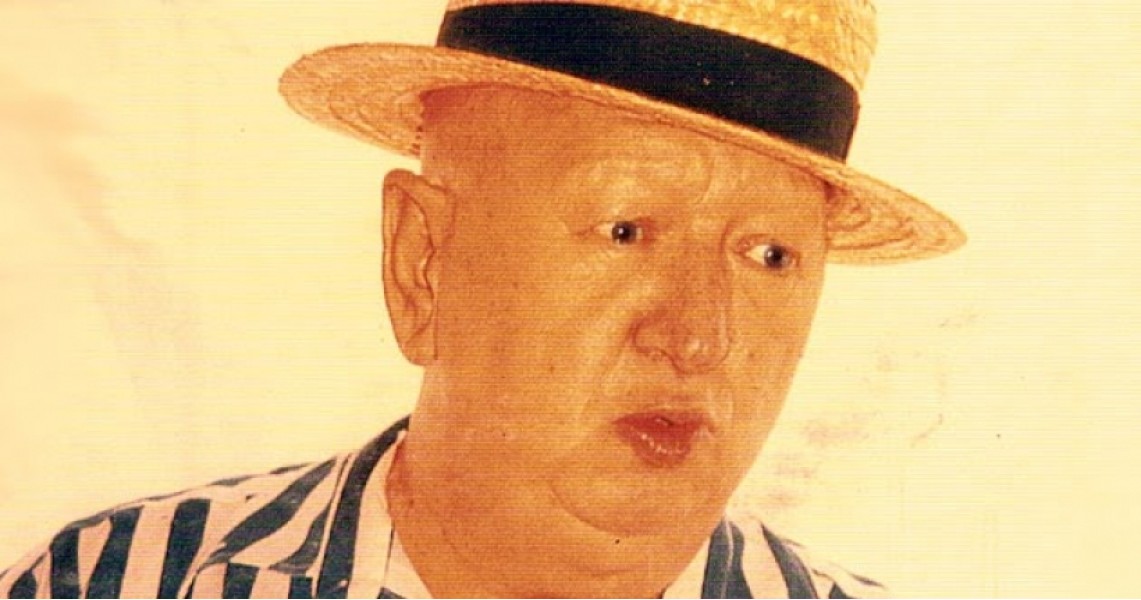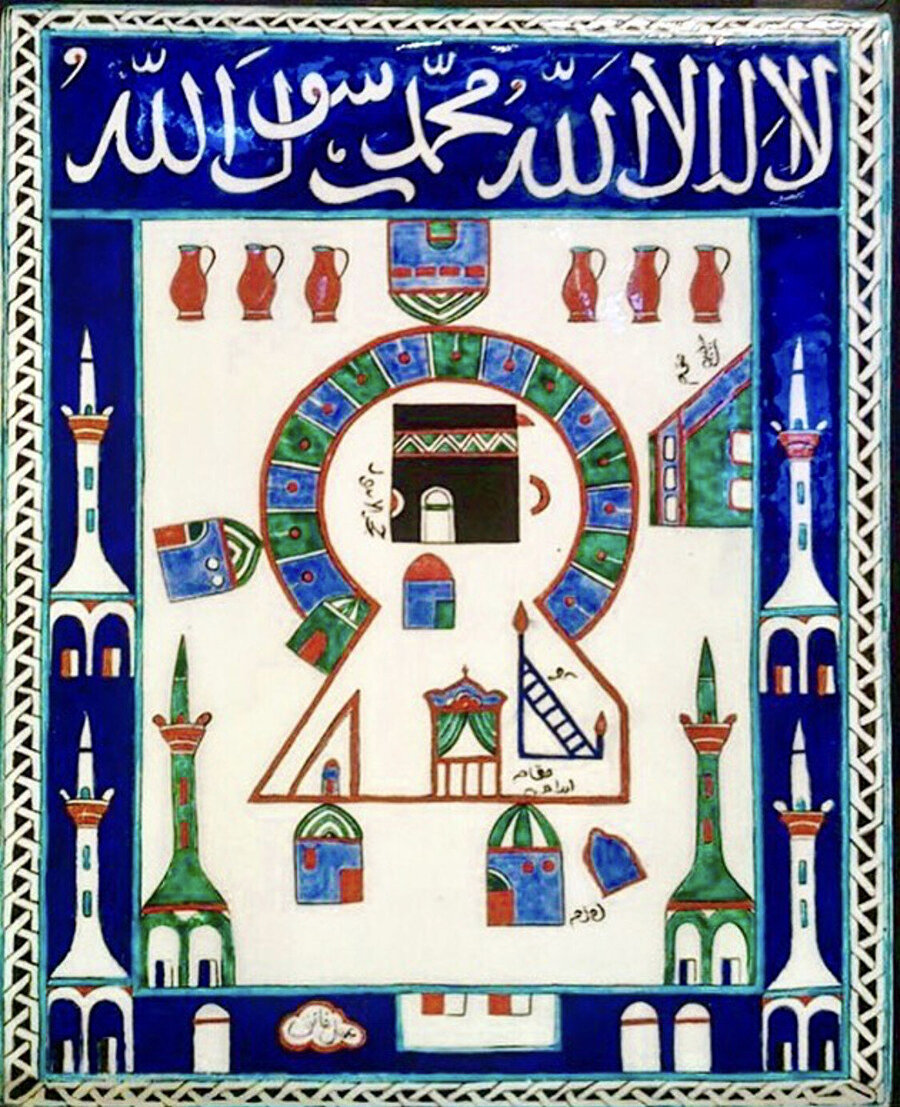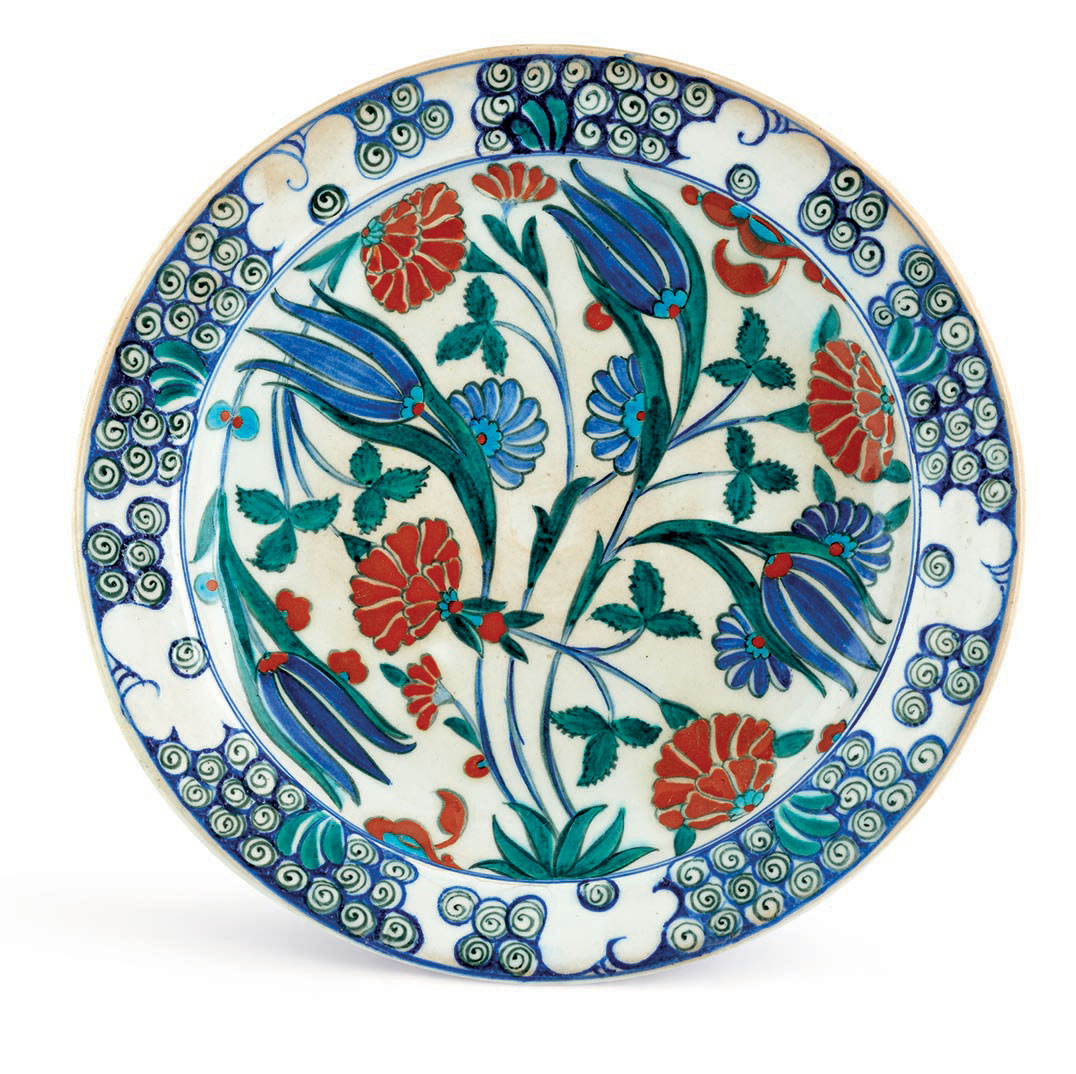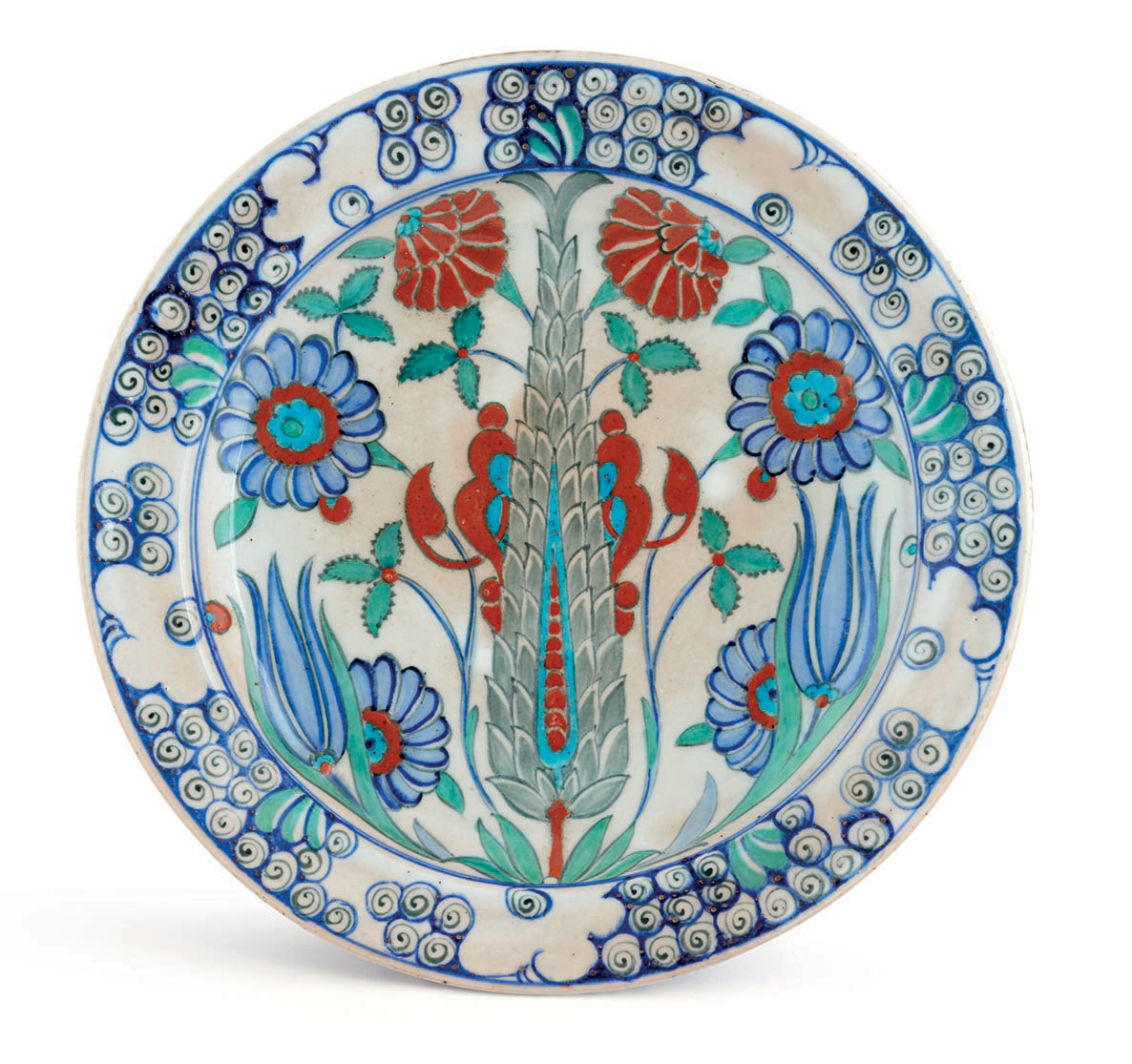
This blog article is about the legendary color coral red in Iznik tiles in the 16th century and the man searching for it for years as a passion. Like his passion, at Ararat Rugs, we want to revive the natural colors from the antique rugs and pass this knowledge to the next generations. His love is similar to ours, and we greatly respect his mindset and artwork. Coral red is a color that was seen in Iznik tiles in the 16th century, produced for about 30-40 years, and then lost its recipe. Its slightly fluffy texture on tiles has become a legend for the ceramic art of the whole world with its extraordinarily saturated red. Faik KIRIMLI indicates how much a person, only a master, can contribute to the country's art. Can Faik, who is chasing the color, reach the coral red? This was a frequently asked question. Art historian Prof. Dr. Nurhan Atasoy answered this question: "Today, the master who produces the best red closest to the Coral Red is Faik KIRIMLI. But Master Faik continues to search for coral red."
-Soon or late, I’ll catch you, I told myself. Maybe I’ll die but I won’t give up chasing you!’ Faik KIRIMLI told while searching for the Red color.
Born in 1935, Faik KIRIMLI is known as a tile master. Devoting his life to tile research, the artist defines himself as an engraving painter, although he is known for his tiles. The artist, who has not been able to experience the master-apprentice relationship, which has an essential place in craftsmanship, strives throughout his life to transfer his knowledge to future generations. Tile making, hidden in the dusty shelves of history, is revived with his research. The artist's first encounter with tiles begins with the pieces of broken plates that his two friends, who are antique dealers in the Grand Bazaar, showed him. Faik KIRIMLI rediscovered the tile production technique with an intense research and trial process in that period (the 1960s) when the undamaged versions of Iznik tiles could not be found.


Iznik Style Tiles by Faik KIRIMLI's Workshop and Signed by him
Regarding Ottoman Art, one of the first elements that comes to mind in the classical sense is Iznik tiles. Iznik tiles were produced in the 16th century when art was at its peak and aesthetically at its peak. They adorned the walls of classical architectural structures such as palaces and mosques. Despite this, the effects of art fade over time, and, like other classical arts, tile-making is left alone for a long time. Faik Kirimli devoted his life to applying the art of tiles with classical methods. Although years passed in the art that he thought he would learn quickly, he could not reach his target.
For this reason, the artist, who came to a point where he ultimately gave up on the art of tile, continues his works again with the inspiration he received from a commercial film. He expresses his passion for The Coral Red in the Iznik tiles with these sentences: "I will catch you eventually. Even if I die, I will not leave you."


Iznik Style Plates by Faik KIRIMLI's Workshop and Signed by him
Another aspect of Faik KIRIMLI's discovery of the production stage of tile art is that he obtained the Coral Red color used in Iznik tiles in a tone close to the original. The secret of this color, which started to be employed in tile art after the 1580s, has been forgotten over the years, but this process starts again with his trials. Faik KIRIMLI goes to Kütahya, a city famous for porcelain production in Turkiye, and spreads this color's secrets and usage techniques in the tile workshops there. Thanks to these efforts of KIRIMLI, tile making was revived, and the tile trade started again in Iznik. Then, 1989 was declared the International Year of Nicaea (Iznik). The artist, who signed his works as "Amelia Faik," passed away in 2011. The documentary "The Man Hunting out the Red," made before his death, contains much information about him. It is possible to obtain important information from the interviews made with the students of the artist in the documentary. He also tells about his tile-making adventure cheerfully and in a unique style. Today, his students play an active role in restoring tiles and continuing this art.
